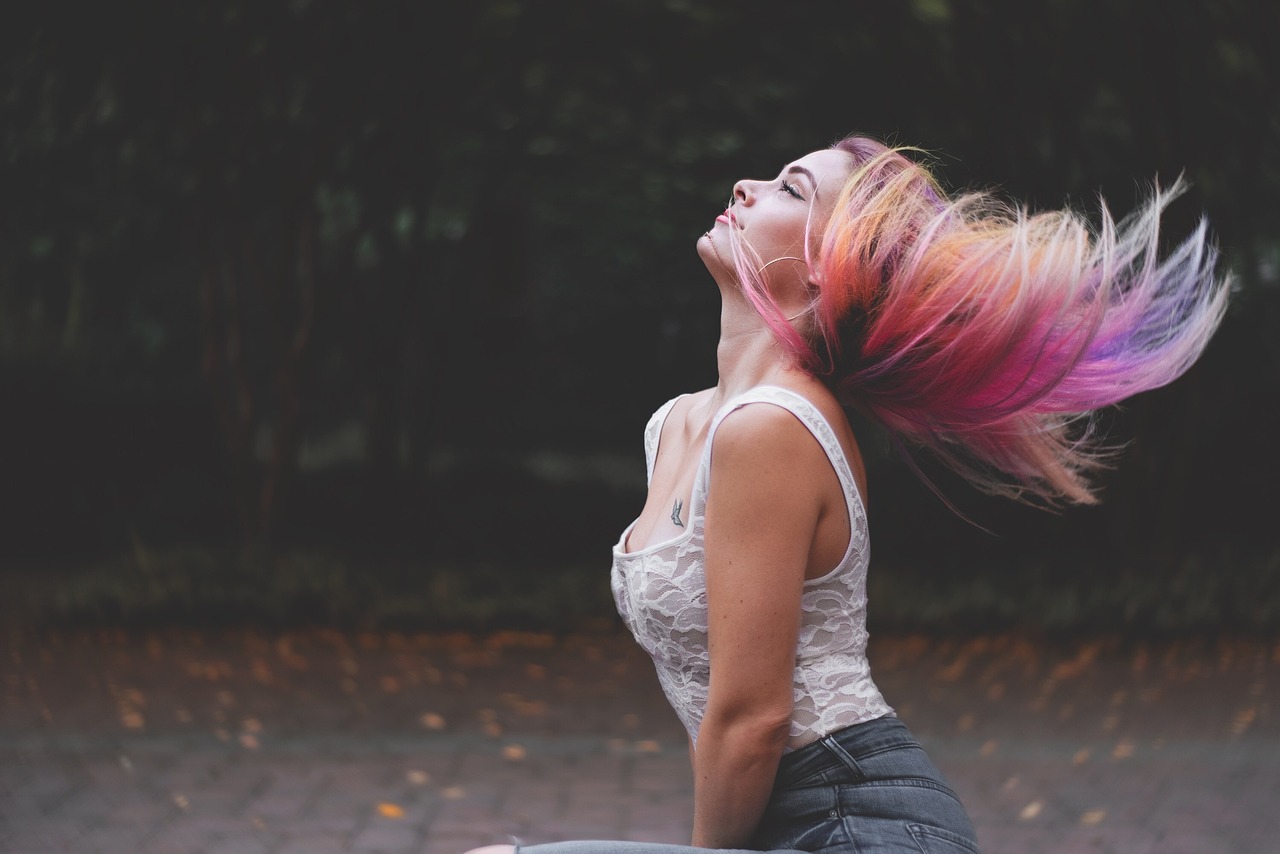Heat Styling 101: How to Protect Your Hair from Damage

Heat styling tools like flat irons, curling wands, and blow dryers are staples in many beauty routines. While they can help achieve stunning hairstyles, frequent use can lead to dryness, split ends, and overall hair damage. The good news is that with the right techniques and precautions, you can enjoy heat styling without compromising your hair's health.
Why Heat Causes Hair Damage
Heat styling tools work by breaking down hydrogen bonds in your hair, allowing it to be reshaped. However, excessive heat strips the hair of moisture and weakens its structure, leading to:
- Dryness: Lack of hydration makes hair brittle.
- Split Ends: Heat damages the protective outer layer (cuticle), leading to breakage.
- Loss of Elasticity: Hair becomes less flexible and prone to snapping.
- Dullness: Heat disrupts the cuticle, reducing shine.
How to Protect Your Hair from Heat Damage
1. Use a Heat Protectant
- Why: Acts as a barrier, reducing heat's direct impact on hair.
- How: Spray or apply a heat protectant evenly before using any styling tool. Look for products with silicones or natural oils like argan or coconut oil for added protection.
2. Choose the Right Temperature
- Why: High temperatures cause unnecessary damage.
- How: Adjust the heat setting based on your hair type:
- Fine or damaged hair: 250°F–300°F (120°C–150°C)
- Normal hair: 300°F–375°F (150°C–190°C)
- Thick or coarse hair: 375°F–450°F (190°C–230°C)
3. Use Quality Tools
- Why: Tools with advanced technology minimize damage.
- How: Invest in heat styling tools with features like ceramic plates, ionic technology, or adjustable temperature settings for even heat distribution.
4. Limit Heat Styling Frequency
- Why: Reducing exposure gives hair time to recover.
- How: Reserve heat styling for special occasions and opt for heat-free hairstyles on other days.
5. Always Start with Dry Hair
- Why: Wet hair is more vulnerable to heat damage.
- How: Ensure your hair is completely dry before styling with a flat iron or curling wand.
6. Avoid Overlapping Passes
- Why: Repeatedly going over the same section increases damage.
- How: Work in small sections and glide the tool slowly for one smooth pass.
Prepping Your Hair for Heat Styling
Wash with a Hydrating Shampoo and Conditioner
- Use products designed to restore moisture and strengthen your hair.
Apply a Leave-In Conditioner or Hair Oil
- These products nourish your hair and offer additional heat protection.
Detangle Gently
- Use a wide-tooth comb to remove knots without causing breakage.
Blow Dry on a Low Setting
- If using a blow dryer, choose a lower heat setting and use a concentrator nozzle to focus airflow.
Post-Heat Care
Deep Condition Weekly
- Replenish lost moisture with a hydrating hair mask or deep conditioning treatment.
Trim Regularly
- Prevent split ends from traveling up the hair shaft by trimming every 6–8 weeks.
Use Strengthening Products
- Incorporate products with proteins like keratin to repair and fortify your hair.
Avoid Heat on Damaged Hair
- If your hair shows signs of damage, give it a break from heat styling until it recovers.
Heat-Free Styling Alternatives
- Braids and Buns: Create waves or curls without heat by braiding or twisting damp hair.
- Flexi Rods or Rollers: Achieve bouncy curls with these no-heat tools.
- Leave-In Texturizers: Enhance natural texture without needing heat.
The Bottom Line
Heat styling doesn’t have to spell disaster for your hair. With proper preparation, quality tools, and a mindful approach, you can achieve the hairstyles you love while keeping your hair healthy and beautiful.
Would you like product recommendations for heat protectants or guidance on how to style hair without heat?
